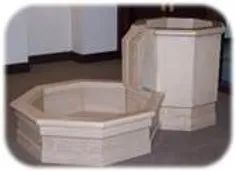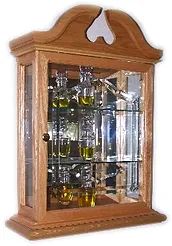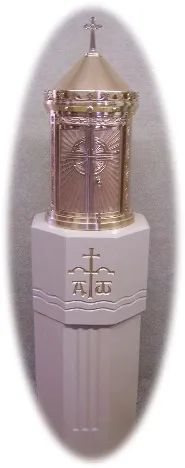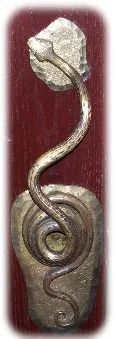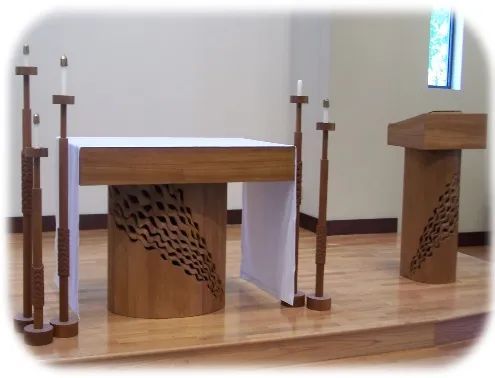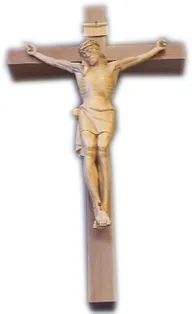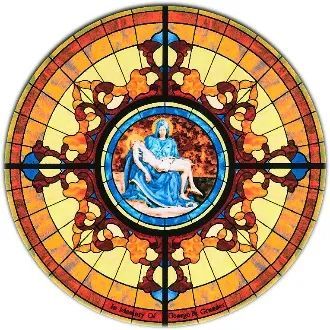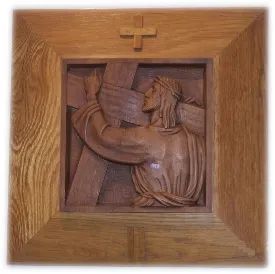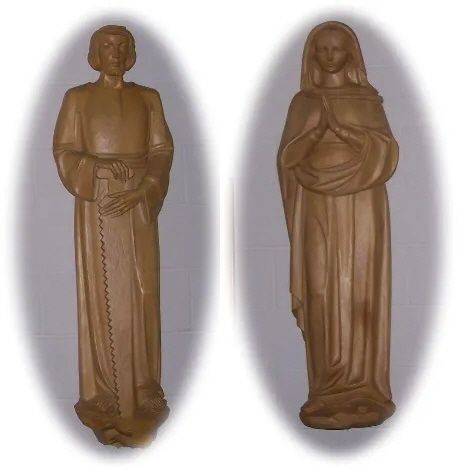Baptism Font. As you move through the wooden double doors into the nave (from the Latin word for “boat”) you are greeted by the waters of new birth. Baptism is the first sacrament of initiation (followed by Confirmation and Eucharist). Through the waters of baptism believers die to sin and are reborn to new life in Christ. The font is a symbol of both tomb and womb; its power is the power of the triumphant cross; and baptism sets the Christian on the path to the life that will never end, the “eighth day” of eternity where Christ’s reign of peace and justice is celebrated. (BLS 68). That is why the font has eight sides. It allows infant immersion in the upper bowl and infusion (pouring) of water over adults in the lower pool. Catholics dip their hand in the holy water and make the sign of the cross as they enter and exit the sanctuary as a reminder of the sacrament of baptism. The font was created by Maher Products, Mingo, IA
St. Mary's Catholic Church
Dedicated June 10, 2007
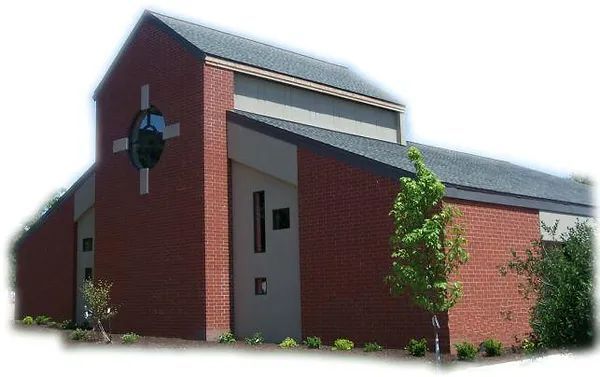
New Catholic churches, as well as renovated churches, follow the principles outlined in the document “Built of Living Stones” (BLS) published by the National Conference of Catholic Bishops in the year 2000.
“Every church building is a gathering place for the assembly, a resting place, a place of encounter with God, as well as a point of departure on the Church’s unfinished journey toward the reign of God.” (BLS 17)
Many people have a preconceived idea of what a church should look like. The better starting place, however, is to appreciate the activity that the building will house. The church building serves the needs of the liturgy: the celebration of all seven sacraments as well as the devotional prayer of the church. It should also foster the “full, active and conscious participation” of the faithful.
The church building should also be beautiful. “The external and internal structure should be expressive of the dignified beauty of God’s holy people who gather there and of the sacred rites they celebrate.” (BLS 55)
Gathering Space. The “threshold space” or narthex helps believers to make the transition from everyday life to the celebration of the liturgy, and after the liturgy, it helps them return to daily life to live out the mystery that has been celebrated.
Devotional Spaces
In additional to priestly liturgical prayer the church building also offers space for personal meditative prayer.
